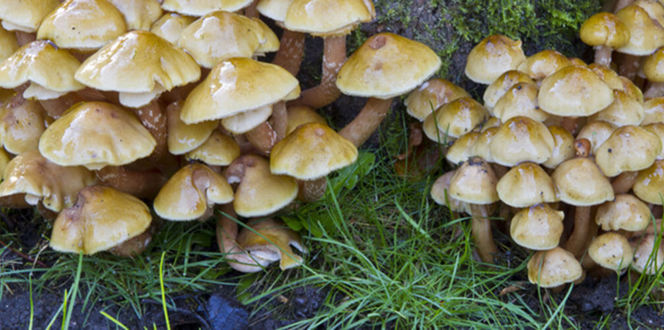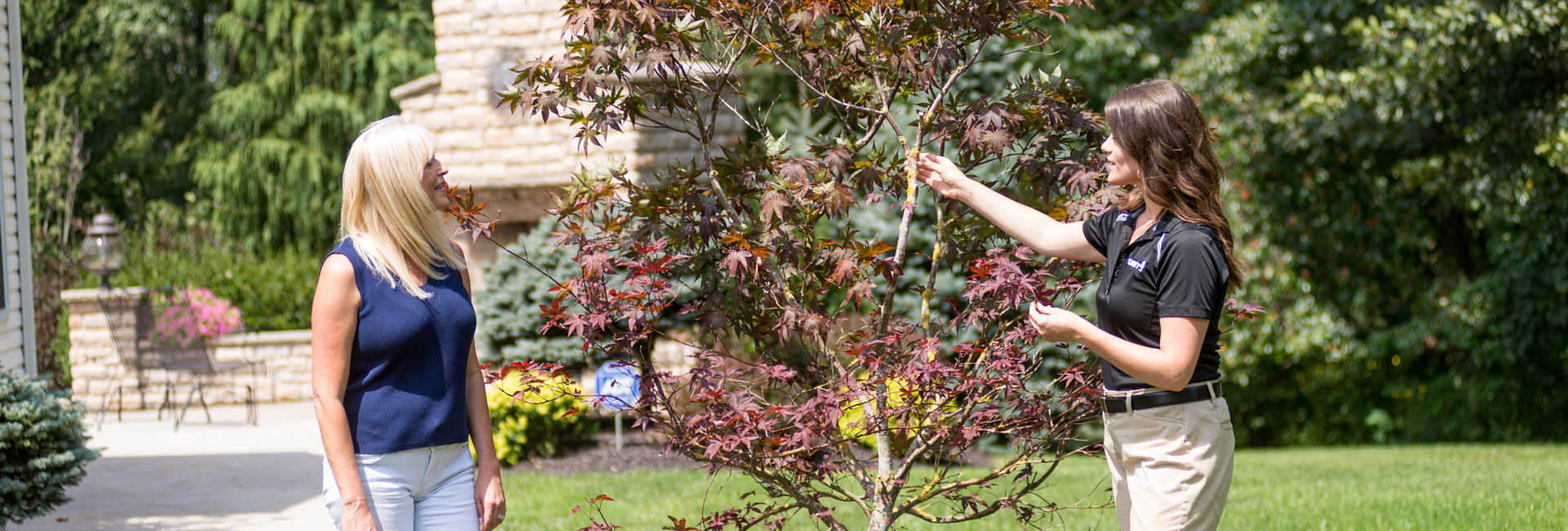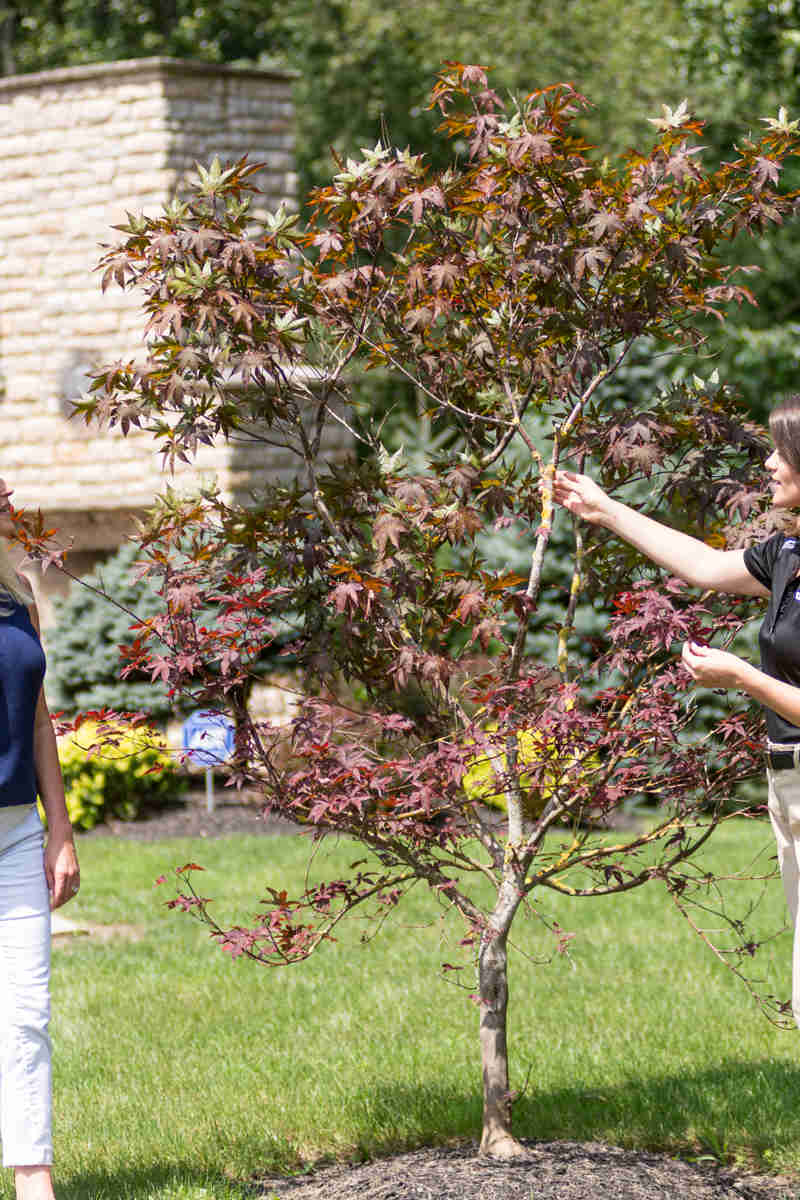Dryad's Saddle Mushroom Identification:
Dryad’s saddle, also known as pheasant’s back, is a large, scaled cap mushroom that can decay dead trees and the sapwood of living trees. The fruiting body ranges from 3-18 inches across and can get quite thick with a yellow/brown body and a scale pattern on the top. The fruiting body is tanish/brown on top and cream on the bottom. The underside has pores that are very deep and wide, making them visible to the naked eye. The large pores and the scale-like top make it easy to identify. The thickness changes throughout the actual fruiting body, from where the stem and the edges are.
Hosts:
The mushroom will grow on any dead or dying wood, but is commonly found on elm trees.
Other hosts include:
- Ash
- Beech
- Horse chestnut
- Persian walnut
- Maple
- Planetree
- Poplar
- Willow
Dryad's Saddle Mushroom Biology & Symptoms:
If found growing on a living tree, this mushroom is considered a parasite and is a sign of internal decay. Dryad’s saddle can cause white rot in hardwood trees, and this type of decay causes the heartwood of a tree to become spongy, which can lead to breakage in a storm. This fungus is something to keep an eye on. However, it is a very slow-progressing decay fungus, so it does not necessarily mean removal.
Management:
Dryad’s saddle is easy to remove from wood with a knife. However, if found on a living landscape tree, it could be a sign of internal decay and the tree should be tested for soundness immediately. Try to optimize tree health with cultural practices such as proper fertilization, watering, mulching, and pruning practices. Consult your local arborist if you think any of your trees may have dryad’s saddle growing on or near it.





